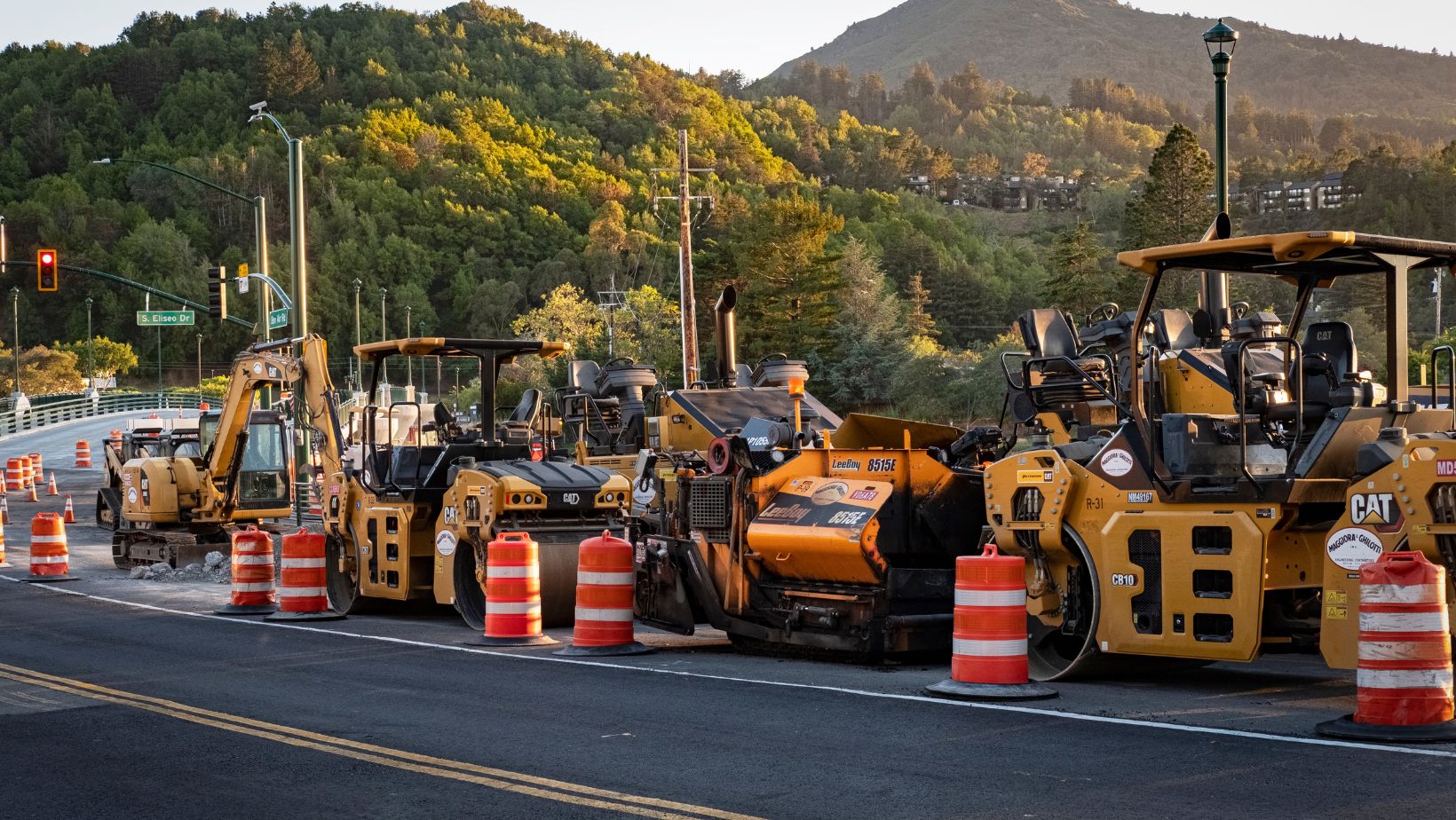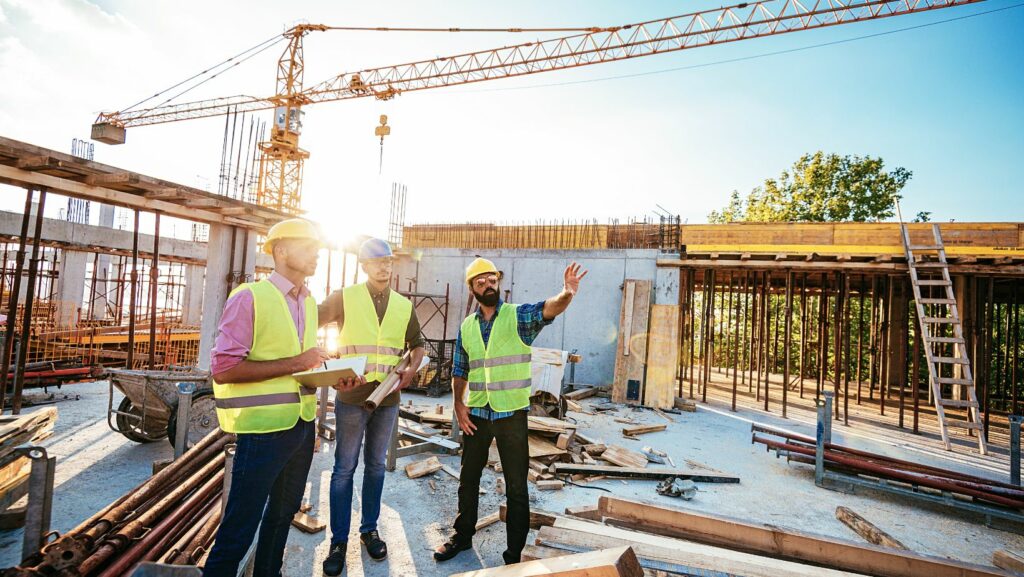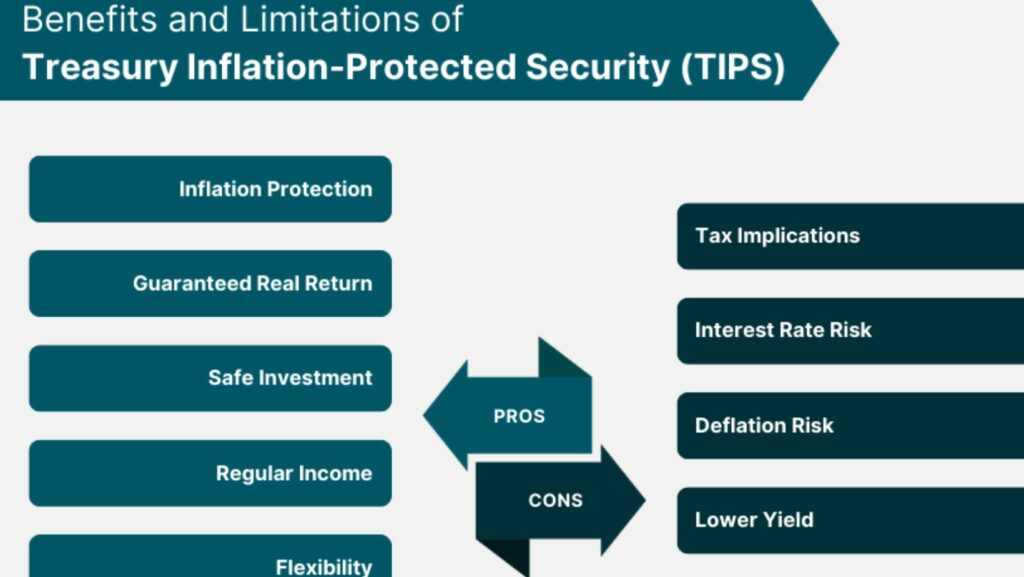You probably know that buying lifts, telehandlers, and other equipment requires serious investments. But if you approach this step wisely, the investment will start working for you from the first day. You will lay the foundation for business growth, reduce operating costs, and ensure stable work for years to come. In this text, we will figure out how to choose equipment so that it really becomes your asset, not a burden.
Don’t Focus Only on Price
When you select equipment, a low price may seem attractive. But if you buy a model that cannot cope with the volume of tasks or begins to require frequent repairs, you will not save money, but on the contrary – you will lose money. It is much wiser to invest in equipment that will work stably, will not require frequent replacement of components, and will cope with typical tasks without overload.
Before buying, calculate the cost of the equipment itself. This will give you an idea of the true cost of ownership, not just the initial investment. Also consider:
- Maintenance costs;
- Availability and price of spare parts;
- Average repair cost under heavy use.
Equipment Should Be Rated for the Task
If you purchase a lift that cannot operate on uneven terrain, and your site is exactly like that, the equipment will have to be replaced. To avoid such situations, you need to analyze all the conditions in advance: the type of construction, schedule, frequency of use, as well as the specifics of weather and soil conditions. If you plan to lease equipment to other contractors, you should choose universal models – they will be in demand at a larger number of sites.
Invest in Equipment That Will Last Longer
Even if your project is temporary, you will want to save your investment. Quality equipment will work in three or five years. If you plan to use the equipment permanently, it is important to consider its service life. Some manufacturers initially design machines for frequent replacement, others – for long-term operation. You will extend the service life of the equipment if you regularly service it, store it properly, and do not overload it.
Used Equipment – A Smart Alternative for a Start
If your budget is limited, you do not necessarily start with new equipment. You can invest in used machines that have retained excellent condition and undergo a full technical inspection. This approach will allow you to save up to 40% of the cost without losing reliability. At the same time, you will get the same functionality and the ability to work on a construction site without restrictions.

At Zuma Sales, we carefully check each unit of equipment before offering it to a client. You will not buy equipment from us “blindly” – you will know in advance its history, mileage, repair interventions, and current condition.
The Equipment Should Match the Capabilities of Your Team
You also need to assess how convenient it will be for your team to work with the equipment. If your team frequently moves equipment around the facility, compact and mobile models will suit you. If you service tall buildings, you should choose lifts with a high lifting height, but with a stable chassis.
Overly complex machines can be difficult, especially if you do not have a dedicated specialist to operate the equipment. Consider who will operate the equipment and choose a solution that will not complicate the process. We will help you determine which characteristics will be a priority in your particular case.
Don’t Purchase Equipment Without a Clear Plan
You will make the right decision if you determine in advance where, how, and how much you will use the equipment. You should not buy machines “just in case” – it is better to invest in what you will need in the coming months. Even if the equipment is universal, it will not bring any benefit if it is idle. You will save if you approach the purchase as an investment, and not as a one-time purchase.
What Mistakes Other Companies Make
We often see how companies buy equipment without assessing its compatibility with current projects. Some buy overly expensive models and lose money on resale. Others buy cheap machines with an unknown history and end up spending more on repairs than the equipment was worth. To avoid these mistakes, you can always consult with our specialists before buying.
Here’s what will help you avoid unnecessary expenses:
- Purchase equipment from reputable suppliers;
- Check documents, registration certificate, and service history;
- Determine in advance how and where you will use the machine.
How Zuma Sales Will Help You Make a Smart Investment
If you decide to buy a lift from Zuma Sales, you will get a reliable partner. We will offer you machines that meet the real conditions of your business. We know which models are suitable for harsh climates, which are for working in a confined space, and which are for transporting heavy loads. With us, you will find both new and reliable scissor articulated and even boom lift for sale, ready to work.
Conclusion
You will make a profitable investment if you analyze your tasks, conditions, and budget in advance. Don’t chase the cheapest equipment – it’s better to choose something that will serve you for a long time and without fail. At Zuma Sales, we are ready to help you choose machines that will pay for themselves faster and bring more benefits. Contact us, and you will invest in development, not in constant repairs.



